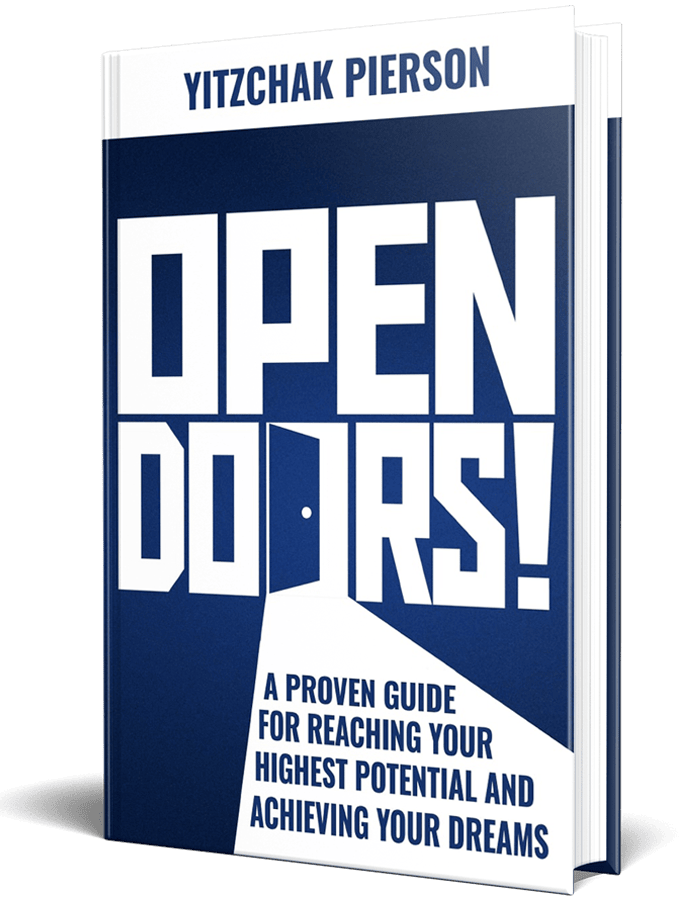How To Get Home Insurance

Protecting your home and belongings is an essential aspect of responsible homeownership. Home insurance, also known as homeowner's insurance, is a vital financial safeguard that provides coverage for various risks and unexpected events. In this comprehensive guide, we will delve into the world of home insurance, exploring the steps and considerations involved in obtaining the right coverage for your property.
Understanding Home Insurance

Home insurance is a contract between you, the homeowner, and an insurance company. It offers financial protection against a range of perils, including natural disasters, theft, and accidental damage. By purchasing a home insurance policy, you transfer the financial risk associated with owning a home to the insurer, ensuring peace of mind and protection for your most valuable asset.
Types of Home Insurance Coverage
Home insurance policies can vary in their coverage and features. Here are some common types of coverage to consider:
- Dwelling Coverage: This is the core coverage of most home insurance policies. It provides protection for the physical structure of your home, including the roof, walls, and permanent fixtures. It covers damages caused by perils such as fire, wind, hail, and vandalism.
- Personal Property Coverage: This coverage protects your personal belongings, such as furniture, electronics, and clothing. It ensures that if your possessions are damaged or stolen, you can receive compensation to replace or repair them.
- Liability Coverage: Liability insurance is crucial to protect you from lawsuits arising from accidents or injuries that occur on your property. It covers medical expenses and legal defense costs if a visitor is injured on your premises.
- Additional Living Expenses: In the event that your home becomes uninhabitable due to a covered loss, this coverage provides financial assistance for temporary housing and additional living expenses until your home is repaired or rebuilt.
- Optional Coverages: Depending on your specific needs, you may opt for additional coverages. These can include flood insurance, earthquake coverage, personal liability umbrella policies, and more. It’s important to assess your risks and tailor your coverage accordingly.
Factors Affecting Home Insurance Premiums
The cost of home insurance, known as the premium, can vary based on several factors. Understanding these factors can help you make informed decisions when choosing a policy:
- Location: The geographical location of your home plays a significant role in determining premiums. Areas prone to natural disasters like hurricanes, tornadoes, or wildfires may have higher insurance costs.
- Home Value and Replacement Cost: The value of your home and the cost to rebuild it after a disaster impact the insurance premium. Accurate assessment of your home’s value is crucial to ensure adequate coverage.
- Deductibles: Deductibles are the amount you agree to pay out of pocket before the insurance coverage kicks in. Higher deductibles can lead to lower premiums, but it’s essential to strike a balance between affordability and sufficient coverage.
- Credit Score: In many cases, insurance companies consider your credit score when calculating premiums. Maintaining a good credit score can positively impact your insurance rates.
- Claim History: A history of frequent claims can result in higher premiums or even non-renewal of your policy. It’s important to avoid making unnecessary claims to keep your insurance costs down.
The Process of Obtaining Home Insurance

Now that we have a solid understanding of home insurance, let’s explore the steps involved in acquiring the right coverage for your home.
Step 1: Research and Compare Policies
Begin by researching and comparing different home insurance policies offered by reputable insurance companies. Consider factors such as coverage limits, deductibles, exclusions, and customer reviews. Online comparison tools and insurance brokerages can be valuable resources to help you find the best options.
Step 2: Assess Your Coverage Needs
Take the time to assess your specific coverage needs. Consider the value of your home, the cost of rebuilding it, and the replacement value of your personal belongings. Determine the level of liability coverage you require based on your assets and potential risks. Don’t forget to consider any optional coverages that may be beneficial for your situation.
Step 3: Obtain Home Insurance Quotes
Once you have a good understanding of your coverage needs, it’s time to obtain quotes from various insurance providers. Provide accurate information about your home, including its location, age, construction materials, and any recent renovations. Compare the quotes based on coverage, deductibles, and overall cost to find the policy that best suits your needs.
Step 4: Review Policy Details
Before finalizing your decision, carefully review the policy details. Pay attention to the coverage limits, exclusions, and any additional riders or endorsements that may be included. Ensure that the policy aligns with your specific requirements and provides adequate protection.
Step 5: Understand Exclusions and Limitations
Every home insurance policy has certain exclusions and limitations. It’s crucial to understand what is not covered by your policy. Common exclusions include flood damage, earthquake damage, and damage caused by pests or rodents. Review the policy exclusions to avoid any surprises in the event of a claim.
Step 6: Choose the Right Insurance Provider
Select an insurance provider that offers a combination of competitive rates, comprehensive coverage, and excellent customer service. Consider the financial stability and reputation of the company, as well as their claims handling process. It’s beneficial to choose an insurer with a strong track record of prompt and fair claim settlements.
Step 7: Finalize the Policy and Payment
After selecting your preferred insurance provider and policy, finalize the application process. Provide any necessary documentation, such as proof of home ownership or previous insurance coverage. Pay the initial premium and ensure that your policy is in effect from the desired start date.
Tips for Maximizing Your Home Insurance Coverage
To make the most of your home insurance policy, consider the following tips:
- Regularly Review and Update Your Policy: Life circumstances and the value of your home may change over time. Review your policy annually to ensure it aligns with your current needs and make adjustments as necessary.
- Consider Bundling Insurance Policies: Some insurance companies offer discounts when you bundle your home insurance with other policies, such as auto insurance. Bundling can save you money and streamline your insurance management.
- Maintain a Good Credit Score: As mentioned earlier, your credit score can impact your insurance premiums. Work on improving and maintaining a good credit score to potentially lower your insurance costs.
- Implement Home Safety Measures: Investing in home safety features like smoke detectors, fire extinguishers, and security systems can reduce the risk of accidents and theft. These measures may also qualify you for insurance discounts.
- Document Your Belongings: Create an inventory of your personal belongings, including photos and receipts. This documentation will simplify the claims process in the event of a loss.
Conclusion
Home insurance is a crucial aspect of responsible homeownership, providing financial protection and peace of mind. By understanding the different types of coverage, assessing your specific needs, and following the steps outlined in this guide, you can obtain the right home insurance policy to safeguard your home and belongings. Remember to regularly review and update your policy to ensure it remains adequate as your life and circumstances evolve.
FAQ

What is the difference between actual cash value and replacement cost coverage for personal property?
+
Actual cash value coverage considers the depreciation of your belongings, providing compensation for their current value. Replacement cost coverage, on the other hand, pays the full cost to replace your belongings without deducting for depreciation.
How often should I review my home insurance policy?
+
It is recommended to review your home insurance policy annually or whenever there are significant changes to your home or personal circumstances. This ensures that your coverage remains up-to-date and aligns with your needs.
Can I switch home insurance providers if I’m not satisfied with my current policy?
+
Absolutely! You have the freedom to switch insurance providers at any time. If you find a better policy or are dissatisfied with your current provider, shop around and compare options to find a more suitable and cost-effective home insurance plan.



